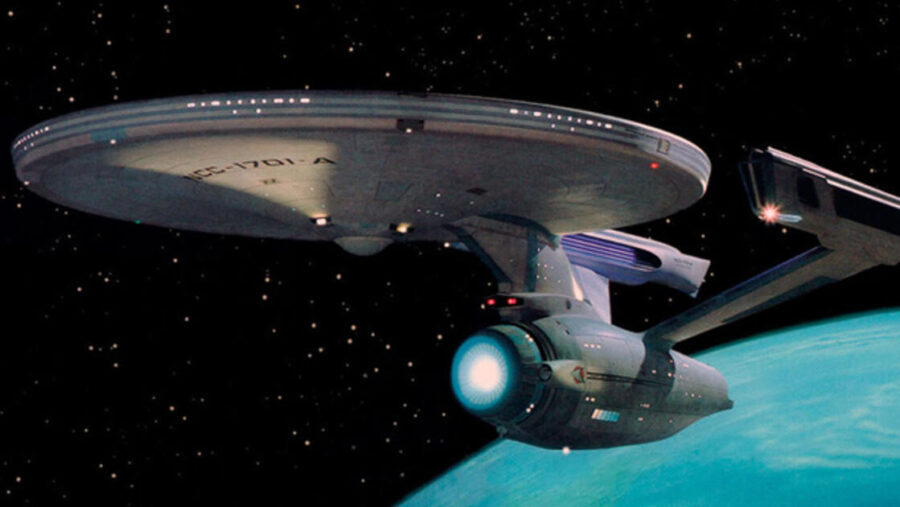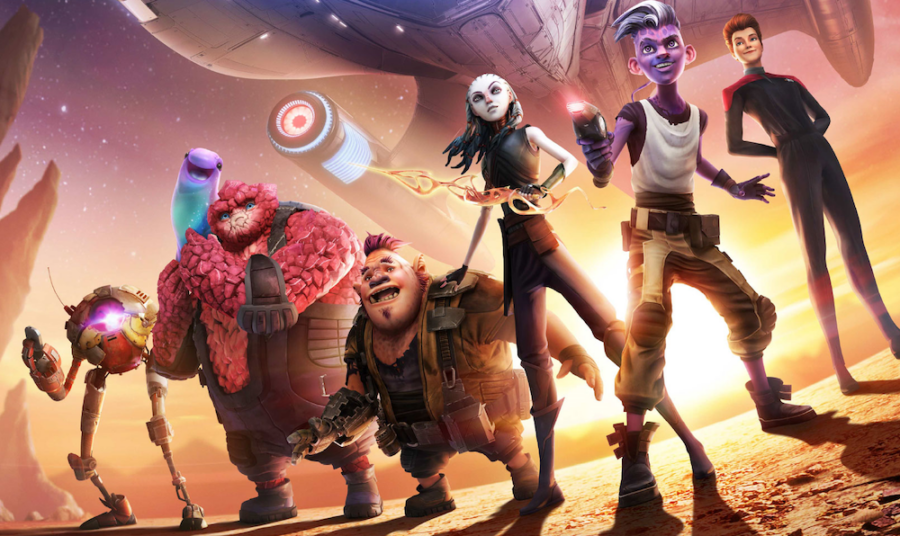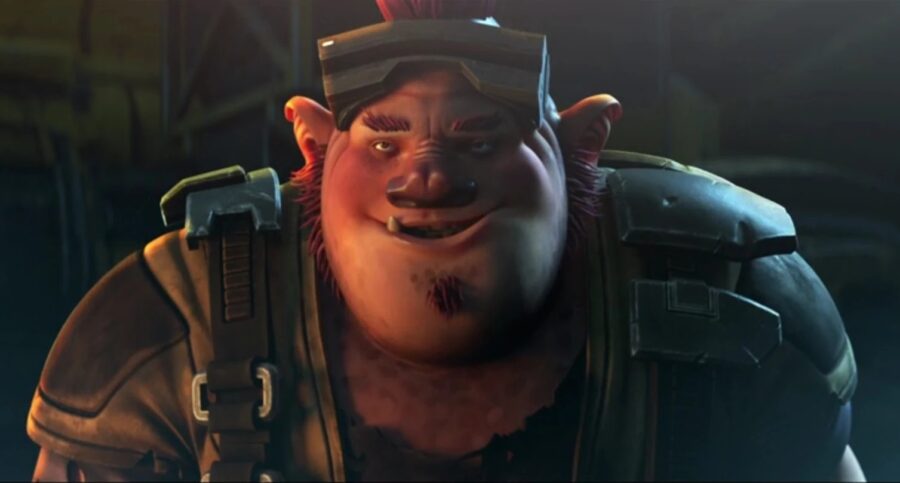Star Trek’s Best Current Series Isn’t What You’re Thinking

There are more original Star Trek series running concurrently than ever before, and no one is more surprised than I am that the absolute best of them is Star Trek: Prodigy. Currently 4 episodes away from the conclusion of its first season, Prodigy has consistently delivered the best, most entertaining, and most concise Trek storytelling of the current franchise series. This is coming, by the way, from someone who counts himself a fan of all of 5 Trek productions.
Believe me; no one is more surprised than I am that I’ve fallen for Star Trek: Prodigy. When I first heard the premise of the animated series–of teens discovering an abandoned Starfleet ship and running it on their own–I assumed I would give it a hard pass. The fact that Nickelodeon was involved brought to mind cartoon bobblehead characters running around a starship bridge and making dumb jokes.

But the truth is that while it may be written with younger viewers in mind, Star Trek: Prodigy has some of the best storytelling in the franchise and its writers seem to better understand more contemporary streaming-era narratives than those working on other current Trek shows. At the same time, Prodigy is very much a Star Trek series though it doesn’t really start feeling like one until the second episode.
Along with its absolutely gorgeous animation, Star Trek: Prodigy some of the franchise’s best action and its half-hour format makes its stories light and yet satisfying at the same time. Not since the game-changing Batman: The Animated Series have I watched an animated show that I could fit in quickly while still feeling like I consumed an hour’s worth of storytelling.
Star Trek: Prodigy also makes some surprisingly deep dives into the Trek lore. I don’t want to mention too many because that would include dropping some spoilers. But as an example; one of the show’s heroes winds up being a species that was only ever mentioned once–as an insult–in an early episode of Star Trek: The Next Generation.
Marketed toward younger viewers, Star Trek: Prodigy begins with most of its heroes enslaved by the villainous Diviner (voiced by John Noble). By the end of the premiere episode the cocky teen Dal R’El (Brett Gray) who has no memory of his origins, the argumentative Tellarite Jankom Pog (Jason Mantzoukas), the well-spoken Medusan Zero (Angus Imrie), the lovable but physically massive Rok-Tahk (Rylee Alazraqui), the gelatinous Murf (Dee Bradley Baker), and even the Diviner’s own daughter Gwyn (Ella Purnell) find the very thing the Diviner has them all searching for — the abandoned Starfleet ship the U.S.S. Protostar. The heroes use it to escape the prison and are guided by a hologram version of Kathryn Janeway, voiced by Kate Mulgrew.
Star Trek: Prodigy is loaded with engaging mysteries that trouble the heroes and invite the viewers to theorize and speculate. Where did the Protostar come from? Why is it abandoned and where is its original crew?
Why does the Diviner hate Starfleet so much? Exactly who and what is Dal?

One of the ways Star Trek: Prodigy proves itself to be much more complex than you expect is in how even the smallest questions eventually prove to have answers. For example, Jankom Pog constantly refers to himself in the third person even though this isn’t a characteristic we’ve seen before in Tellarites, as you can see at Memory Alpha. I assumed this was simply a touch the writers added without bothering to consider continuity, and instantly forgave it in a “it’s just a cartoon” kind of way.
But I was absolutely wrong. In the most recent episode of Star Trek: Prodigy–“Preludes” which examines the stories of how most of the heroes wound up on The Diviner’s asteroid prison in the first place–we are not only given a perfect explanation for Jankom’s strange way of speaking, but shown how he became such a great engineer.
Star Trek: Prodigy stands alone in the current franchise series in that it’s a show I would recommend to absolutely anyone; whether they’re invested in Trek already or not. It’s got the attention to detail the old guard needs, but it doesn’t depend on it too heavily to keep new viewers away.










